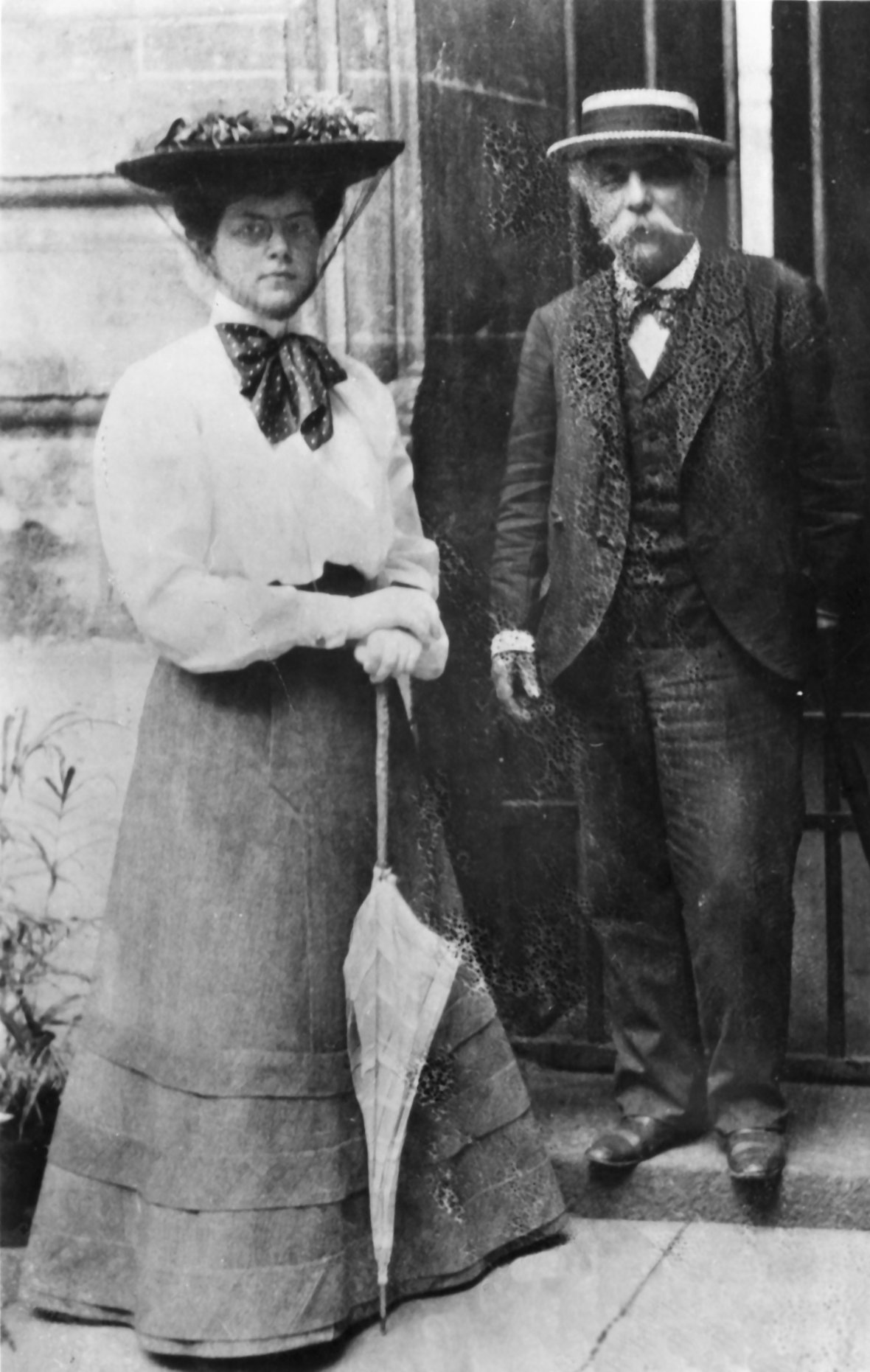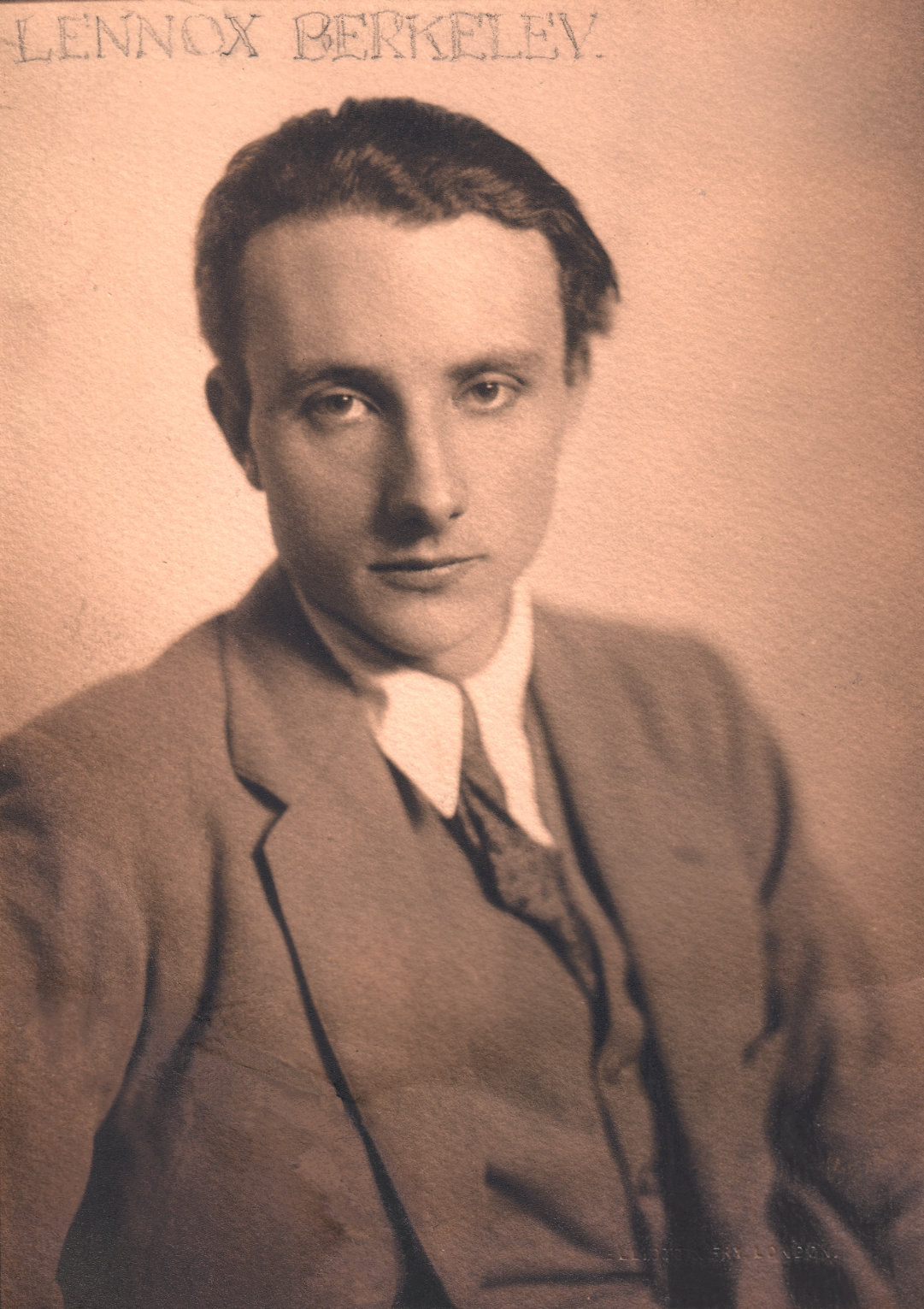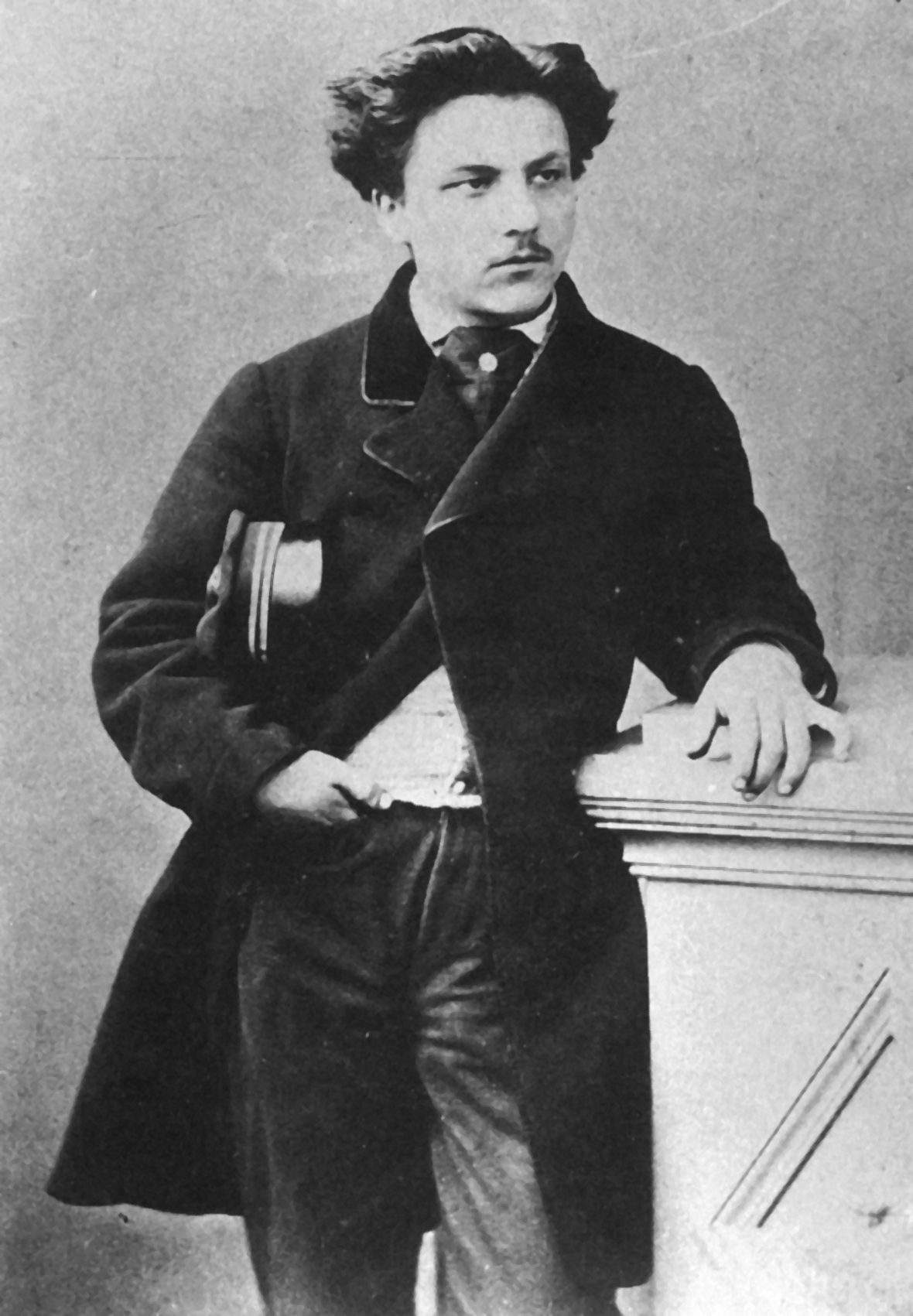Tradition and values in the art of music
Drawing parallels between Lennox Berkeley and Gabriel Fauré, Christopher Daly considers tradition and values in the art of music

It is difficult to say exactly why we are particularly attracted to the works of certain composers. Nevertheless, the more we understand their musical heritage and values, as well as individual gifts, the more we begin to appreciate how they came to leave us such a magnificent legacy. If we compare Lennox Berkeley (1903-89) with Gabriel Fauré (1845-1924) in these ways, we find many similarities. To begin with, both were modest men who worked conscientiously and at a consistently high level throughout composing lives of around sixty years each. They are historically linked by two figures who were essential to Lennox’s success as a composer. These were of course Maurice Ravel and Lennox’s teacher, Nadia Boulanger. Both musicians attended Fauré’s composition class at the Conservatoire, Nadia entering at the age of fourteen,1 and both revered their teacher. Ravel’s wonderful String Quartet of 1902 is dedicated ‘to my dear teacher Gabriel Fauré’, and, in a report on Ravel, Fauré wrote, ‘A musical nature. Much taken with the new. Disarming sincerity.’
Berkeley and Fauré worked in all areas of the repertoire, leaving many masterpieces, although Fauré abandoned his three symphonies and did not complete a concerto. He did, though, re-employ themes from these works in late chamber works which are amongst his best pieces.2
Fauré and Berkeley wrote beautifully for the piano and are especially admired for the vital small forms of piano music, songs and chamber music, but actually both were successful on the larger scale as well. We know from his symphonies, concertos, operas and other works that Lennox was a fine orchestrator with a true sense of instrumental sonority and colour. In Fauré’s case there are two exceptionally accomplished large scale works which have remained little known. One is the lyric drama Prometheus Op. 82, which was intended for open-air performance. The other is the ravishing opera Pénélope, whose orchestration was admired by Debussy.

Both composers were essentially classicists for whom beauty of line, clarity, balance, proportion and restraint were paramount. Charles Koechlin wrote of Fauré’s music, ‘Conciseness, clearness, choice of technique, Athenian clarity, in an art which has been likened to shot silk ...’.3 Michael Berkeley wrote of his father’s, ‘The music is the work of an impeccable jeweller, a craftsman ... the standards he espoused were very much classical standards.’ 4
When it comes to personal style, this cannot, in either case, be separated from the beauty of the musical craftsmanship itself. Ravel must have been thinking in this way in his preference for considering himself to be an ‘artisan’ rather than an ‘artist’. Nadia Boulanger wrote, ‘the tonality, harmony, rhythm, form are those which Fauré found at the beginning of his musical career; in his hands, these ordinary things became precious’.5 The same may be said of Lennox.
We turn now to some shared compositional characteristics. Firstly, and of great importance, the melodic aspect tends to be shapely and lyrical. A good example is the third of Berkeley’s Four Poems of Saint Teresa of Avila, ‘Let Mine Eyes See Thee’, or Fauré’s song Les Roses d’Ispahan, his Op. 39 No. 4. Yet, with composers at this level, melody can seem to be just the surface of harmony. Certain progressions may be subtle and pliant but always integral and essential. Counterpoint is particularly masterly and elegant. The ‘Lento’ from Lennox’s Violin Concerto is a fine modern treatment of an old form; a passacaglia. As Fauré used to say, ‘The bass line is with us’.6

Formally, subjects are considerately matched, and engagingly (yet economically) developed within clear musical structures. The first movement of Fauré’s Cello Sonata in D Minor, Op. 109, is a striking example. Both composers were still able to employ sonata form really well, each revitalising it in his own way. The success of Berkeley’s Sonatina for guitar is very much due to its formal and idiomatic aspects being in perfect alignment.
Where compositions have several movements, each is in the right place and contributes essentially to the success of the overall work. Good examples from Fauré’s middle period are the Dolly Suite, and the fine Verlaine cycle, La bonne chanson. From Berkeley, take the enchanting Serenade for Strings Op. 12, or for a late-period example, the Symphony No. 4 Op. 94.
Themes and variations play an important part in some of Lennox’s finest works, being employed for movements of the Horn Trio, the Concerto for Two Pianos, and the Symphony No. 4. Strangely enough, there is only one example in Fauré’s output, but a memorable, highly regarded one. This is the Theme and Variations for piano, Op. 73. It ends contemplatively, as does Lennox’s little Theme and Variations for guitar, Op. 77.
Because of their particular refinement of musical sentiment and nuance, as well as their literary taste, both Berkeley and Fauré succeeded in setting a variety of poets. Many of the Fauré melodies are well-known, but his late cycles are not. The sensitive collection entitled La chanson d’Eve, Op. 95, is set to words by Charles van Lerberghe. The opening song, Paradis, has an exceptional, austere beauty and economy of means.
James Gilchrist’s superlative 2009 recording of Berkeley songs with the pianist Anna Tilbrook was a revelation to many of us, and the songs span the whole of Lennox’s composing life. The little Herrick setting, How Love Came In, is a perfect song, although the old recording by Peter Pears with Benjamin Britten will surely remain unmatched. Lennox’s last song, the lovely Sonnet Op. 102, to words by Louise Labé, seems to look back to Fauré.

Berkeley’s contribution to church music was substantial and of exceptional value, with works such as the Missa Brevis7 and The Lord is My Shepherd becoming well-established. The unaccompanied works are very fine, including the six-part motet, Judica Me Op. 96 No. 1. The Fauré Requiem8 is justly famous, but its composer wrote comparatively few liturgical pieces. Lennox was of course a devout Catholic,9 but Gabriel’s faith probably tended more towards the philosophic and aesthetic.
Educationally, Fauré was well-prepared for a life in music. From the age of nine he attended the École Niedermeyer,10 a boarding school where the study of music was supplemented by general subjects. Here he studied the Gregorian modes, and music by old masters such as Palestrina and Bach. Camille Saint-Saëns became his piano teacher, and introduced him to the ‘48’ as well as to ‘modern’ composers such as Schumann and Liszt. Fauré remained at the school for eleven years, and always treasured its memory.
The Niedermeyer traditions will have informed Fauré not only in his musicianship and composition, but also as a teacher. Thus Nadia Boulanger will have inherited some of that profound respect for the past masters and their musical procedures which became vital to her own success as a teacher. Amongst the subjects she presented for study were cantatas by J. S. Bach. Who could not be astonished at the masters’ inventiveness in these sublime yet grounded works? Nadia’s pupil Lennox Berkeley also went on to teach. As with Fauré, it was the example set by his own artistic achievement that was admired by his students, as much as the content of the lessons.
The elegant nature of the music of our two composers means that it requires a high standard of performance. Happily, some excellent recordings have been produced in recent years. These will have led to greater interest in the works and in turn to more performances. In Fauré’s case exemplary versions have been recorded by, for example, the pianist Paul Crossley, and also the chamber group Domus. In Berkeley’s case, let us enjoy the contributions made by the late Raphael Terroni in both solo and chamber music, and certainly the Berkeley Ensemble have shown exceptional standards of clarity and nuance in their work. Their revival of the Stabat Mater with the Marian Consort, under the direction of David Wordsworth, was a milestone. On the orchestral front, Richard Hickox and the BBC National Orchestra of Wales gave us a definitive series of Berkeley recordings, which had a contemporary aspect with the inclusion of works by Michael Berkeley.
Certainly we can say that Gabriel Fauré and Lennox Berkeley each showed us a musical art that is civilised and completely sincere, having integrity and true sense of purpose. I turn again to Charles Koechlin for some final thoughts: ‘The still, small voice sings in his work; he puts the best of himself into it: the dictates of his conscience are translated into his human language with all the beauty of which he was capable. All praise to the artist who has devoted his life to so full and complete a consummation of this beauty.’ 11